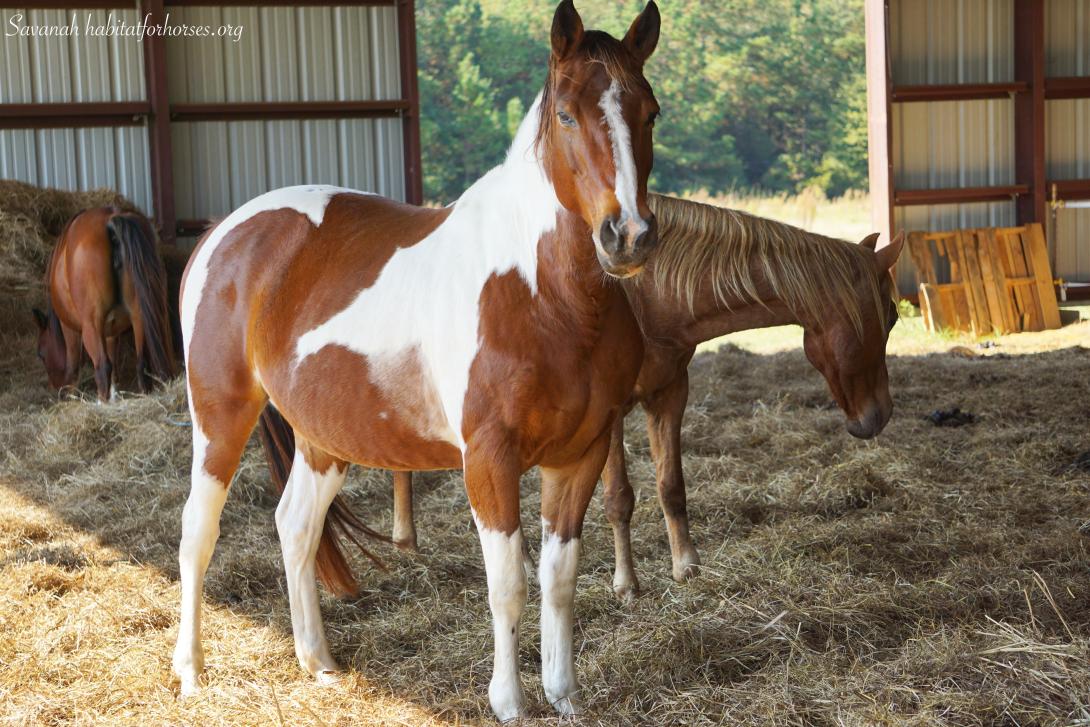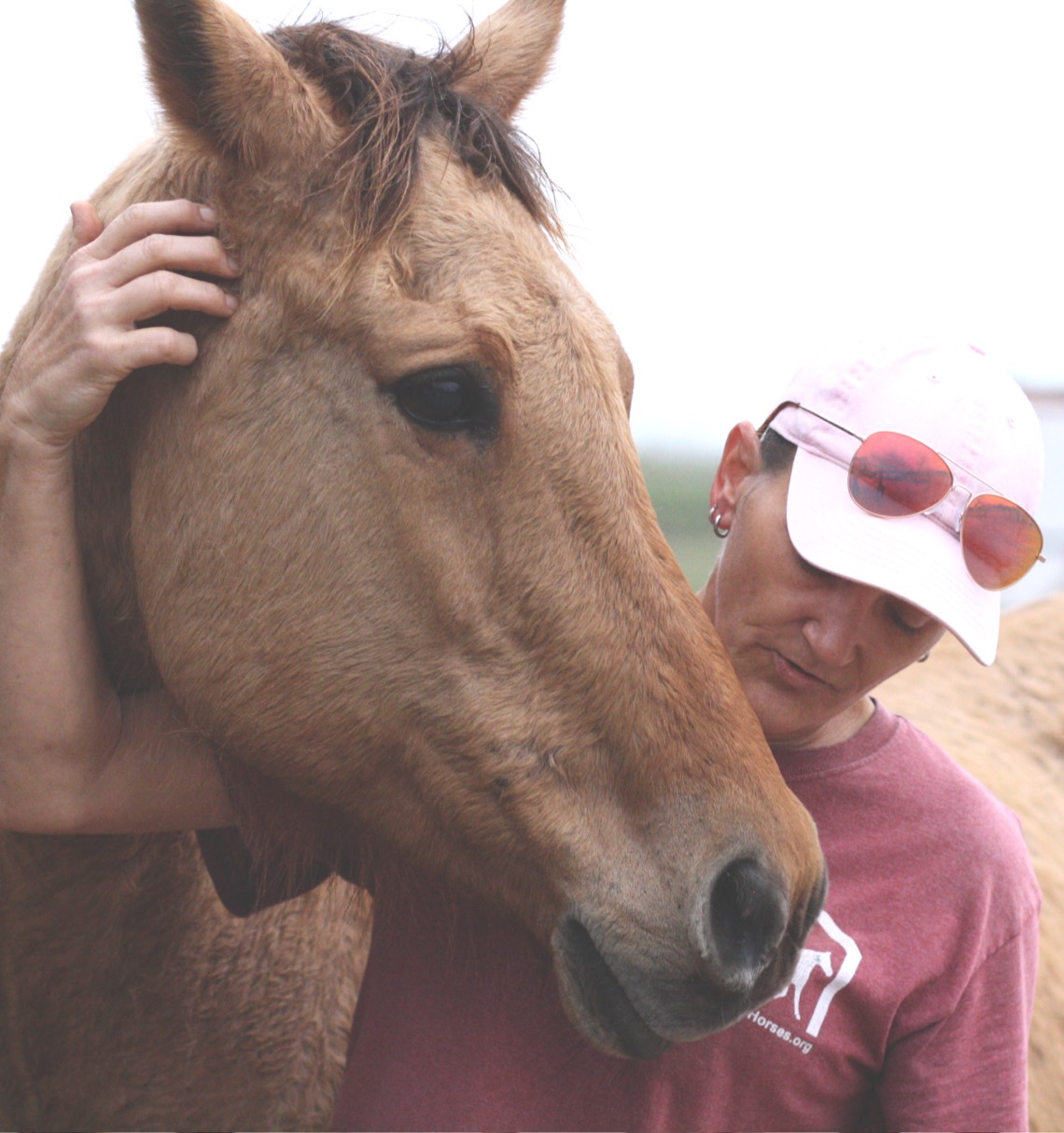How Can My Donation Help?

“How can my donation help?”
Here’s an interesting example of our expenses — loading 15 round bales at a time to truck back to the ranch. When the grass isn’t growing, and it hasn’t been because of the lack of rain, these 15 bales might last five days, so around six trips a month to transport 90 bales, each one cost $90, for a total of $8,100 just to buy the hay.
Add in the equipment cost, the labor and the fuel, and it comes to $10,000 a month just to keep high quality forage available.
One very basic lesson on pasture management is “Don’t mow and you’ll have weeds. Mow and you’ll have grass.” With 400+ acres for our horses, mowing is vital as long as anything is growing. In SE Texas, as long as we aren’t in a drought situation, it means from mid-February to mid-November the grass is in competition with the weeds. Don’t mow and the weeds win.
For anyone that’s been on a farm or ranch, climbing up on the tractor and heading out to the pasture is the start of a long day. Back when I was a kid, that meant long sleeves and a hat to avoid the blistering sun and a large jug of water bouncing around in back of the seat. Not so much anymore. Both our big tractors have A/C, a radio, one has a GPS unit, and handles a “batwing” mowing deck, the kind that folds out and cuts a 10’ path.
Mowing is enjoyable now, except when something breaks, and that’s almost guaranteed. The latest, a hidden pipe, broke the u-joints which set us back around $360, plus labor. Change the oil, lubricate, fix any hydraulic hoses that look weak… does that tire look a little low? Need an air compressor, a hose and that little nib thing that goes on the tire valve to put air in the tire? Broken. Another $7.
We use farm fuel, dyed diesel, which is illegal to use in any vehicle that gets on the public roads. It saves us a little bit of money, but a big tractor can drink 25 gallons of that stuff before lunch.
We pay for all of this and a ton more simply to have grass for the horses and donkeys. The folks that sell us hay are paying for the same stuff just so they can sell us hay when the grass stops growing. They make a profit, we don’t, and therein is the difference.
That money for the little nib that goes on the end of the air compressor hose that cost $7? That money came from a donation. The fuel for the tractor? The change of oil? Money to pay the employee? Worker’s Comp? Health insurance? Payroll taxes? All of it, every single penny, is given to us as a donation.
Several years ago, we opened an envelope that had no return address, postmarked in New York City. Inside were three, one-dollar bills. Our address was written on the envelope by an obviously very shaky hand. Around the second week of every month, we’d get the same donation. Last year, the donation changed to a single $5 bill, with a note written in the same shaky cursive, “Wish I could send more. God bless you for loving the horses.”
That kind of devotion, that compassion, that dedication is exactly why you will hear me say that it’s your hands feeding these horses and donkeys, it’s you driving the tractor, it’s you driving the truck and trailer to pick up the horses during a seizure. It’s you holding the head of a dying horse, they’re your tears running down our cheeks, it’s your voice softly saying. “It’s okay to let go. You’re safe now. You’re loved. So very, very loved.”
That you let us act on your behalf, that you entrust Habitat for Horses with your dollars, drives us to our very best in everything we do. We don’t always succeed, but we try because that’s what you would do if you were here. Horses die, but you would hold them. Donkeys get hurt, but you would do your best to heal them.
When the pastures aren’t mowed, when people don’t care, it all turns to weeds. When we care together, when we act together, the pastures become filled with grass. That’s what heals the damaged soul of the horse. That is what heals us all.

